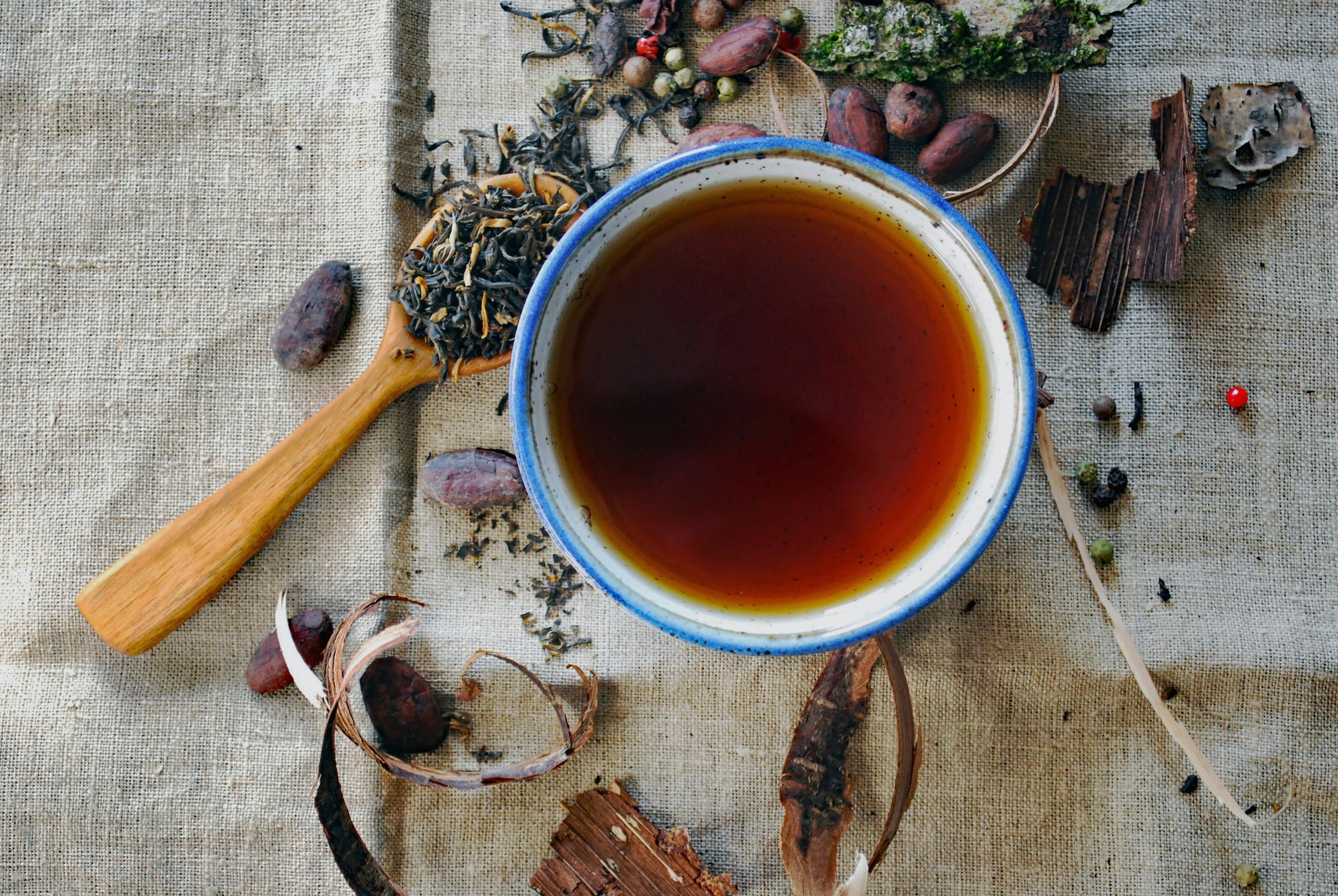Beginner Friendly Gardens (that aren’t veggie!)
Are you thinking about starting a garden but not sure where to begin? Beginner gardening is all about finding joy in growing things, even if you're not sure what to do first in your garden. It's perfectly okay to ask, "How do I get started as a gardener?" or "Which plant is best for a beginner gardener?" Let's explore some fun and simple garden ideas that don't need a green thumb or a huge backyard.
Starting a Tea Garden: Aromatic Bliss in Your Backyard
Growing a tea garden is a delightful way to start gardening. It's not just about the plants; it's about creating moments of peace and enjoyment. The easiest tea plant to grow? Mint! It's hardy, grows quickly, and can be used in so many different herbal teas, but be sure to grow it in containers or else it WILL take over your yard and garden. Other great herbs for tea include chamomile and lemon balm. These plants are not fussy and will reward you with fragrant leaves for your very own homegrown tea.
Dye Gardens: Crafting Colours from Nature
Ever wondered how to make natural dye? Plants for natural dye are incredibly varied, offering colours from deep blues to bright yellows. Marigolds, for example, are excellent flowers for natural dye, giving a range of yellows and oranges. Japanese indigo and dyers woad can also be used for botanical dyes, creating vibrant blues and indigos. Starting a dye garden is not only about growing; it’s about experimenting and playing with colors directly from nature.
Apothecary Gardens: Grow Your Healing Herbs
What is an apothecary garden, you ask? It's a garden filled with medicinal plants that can help soothe ailments from headaches to muscle pain. Starting an apothecary or herbalist garden might seem daunting, but many healing herbs are quite easy to grow. Lavender and peppermint are not only great for teas but also have numerous medicinal properties. A common favourite is the leaves of raspberry plants! Enjoy the berries and use the leaves in a tea that will help soothe menstrual cramps. These gardens reconnect us to the healing power of plants and are a perfect start for beginner gardeners interested in natural wellness.
Cut Flower Gardens: Bring Beauty Indoors
How to start cut flowers? It's simpler than you think. Start with easy-to-grow flowers like zinnias, cosmos, and snapdragons. What do you need for a cut flower garden? Just some seeds, a little patch of sunshine, and water, you can even grow most flowers in pots and containers. These gardens are perfect for beginners and bring the joy of fresh flowers right into your home, and everyone loves a fresh handgrown and picked bouquet of flowers!
Dried Flower Gardens: Everlasting Beauty
Starting a dried flower garden is about choosing plants that retain their beauty long after they've been picked. Flowers like strawflower, statice, and many decorative grasses. dry well and can be used in arrangements that last all year. Drying flowers is a simple way to preserve the bounty of your garden. It’s a very simple method, simply harvest the blooms (experiment with early and late blooms!), and hang them upside down to dry. Hanging the plants upside down helps preserve the fullness of the flower and the structure of the stem as gravity works FOR you to pull the stem straight, instead of wilting.
Starting Your Garden Journey
So, what should you do first in your garden? Start small. Choose one type of garden that interests you, whether it’s a tea garden, a dye garden, or even just growing a couple of plants for cut flowers.
Which plant is best for a home garden? The one that excites you the most. There’s no right or wrong answer when it comes to beginner gardening, be sure to do your research before adding a plant to your garden, see if it’s invasive or makes a good companion plant to anything else you already have growing!
Remember, the journey of starting a garden is about exploration, learning, and finding joy in the plants you grow. Whether you’re dreaming of aromatic teas, natural dyes, healing herbs, or just a vase of fresh flowers, your garden is a canvas for creativity. So, grab some seeds and start gardening!






